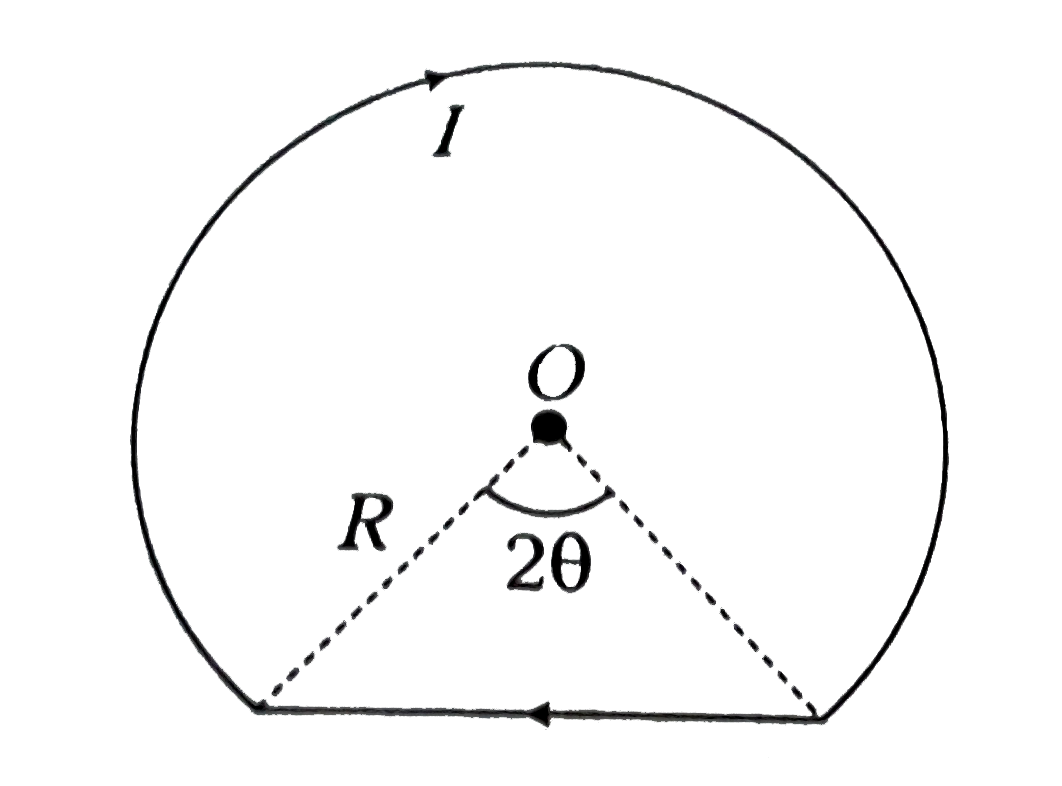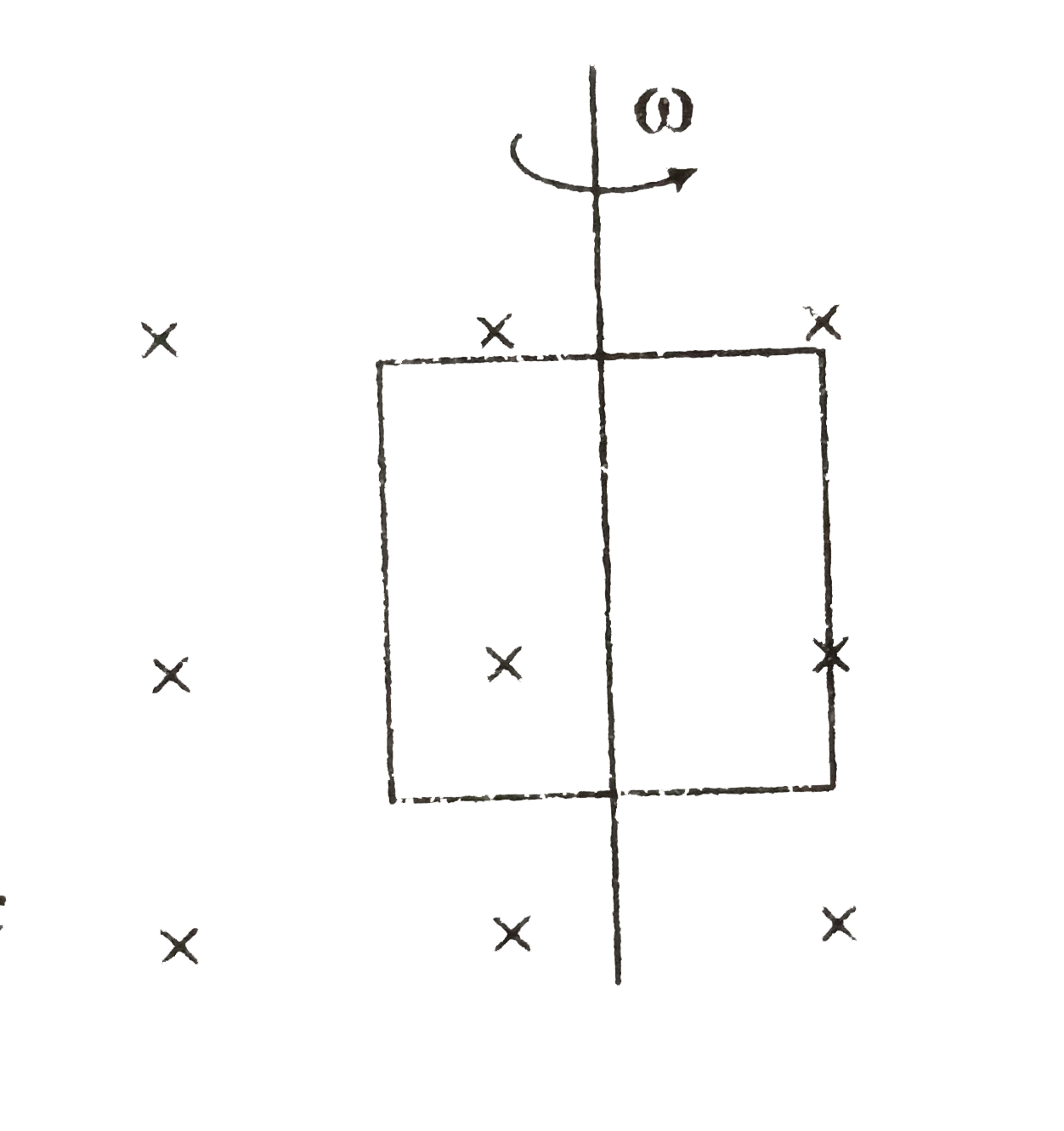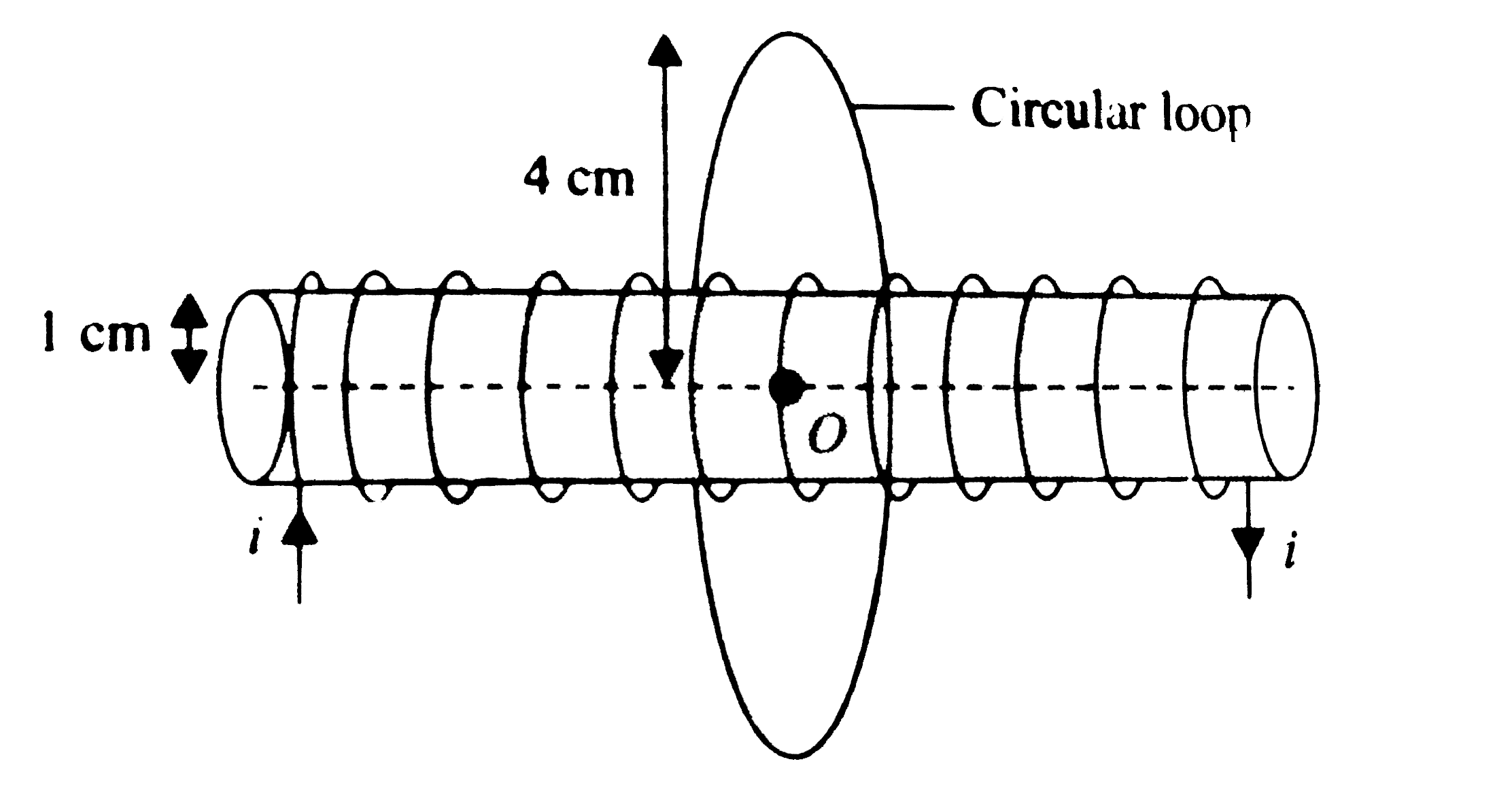Explain the phenomenon of electromagnetic induction. Describe an experiment to show that a current is set up in a closed loop when an external magneic field passing through the loop increases or decreases.
Step-by-Step Solution
Step 1: Understanding Electromagnetic Induction
- Electromagnetic induction is the process by which an electric current is generated in a closed circuit due to a changing magnetic field around it. This phenomenon was discovered by Michael Faraday and Joseph Henry in 1831.
Step 2: Key Terms
- The electric current produced during this process is known as induced current.
- The voltage (or potential difference) generated due to this induced current is referred to as induced EMF (Electromotive Force).
Step 3: Setting Up the Experiment
- To demonstrate electromagnetic induction, we will set up an experiment using two coils of copper wire:
- Coil 1: Contains a larger number of turns (e.g., 100 turns).
- Coil 2: Contains fewer turns (e.g., 50 turns).
- Both coils are placed on a non-conducting cylindrical rod.
Step 4: Connecting the Circuit
- Connect Coil 1 to a battery and a switch (key).
- Connect Coil 2 to a galvanometer, which will measure the current.
Step 5: Observing Induced Current
- When the switch is closed (key is plugged in), current starts to flow through Coil 1. This creates a magnetic field around Coil 1.
- The galvanometer connected to Coil 2 will show a deflection, indicating that there is a momentary induced current in Coil 2 due to the changing magnetic field.
Step 6: Disconnecting Coil 1
- Now, disconnect Coil 1 from the battery by opening the switch (key).
- The galvanometer will show a deflection in the opposite direction, indicating that the induced current in Coil 2 is now flowing in the opposite direction. This occurs because the magnetic field through Coil 2 is decreasing.
Step 7: Conclusion
- The experiment demonstrates that a current is induced in a closed loop (Coil 2) when the external magnetic field (created by Coil 1) changes, either increasing or decreasing.
- Electromagnetic induction is the process by which an electric current is generated in a closed circuit due to a changing magnetic field around it. This phenomenon was discovered by Michael Faraday and Joseph Henry in 1831.
- The electric current produced during this process is known as induced current.
- The voltage (or potential difference) generated due to this induced current is referred to as induced EMF (Electromotive Force).
- To demonstrate electromagnetic induction, we will set up an experiment using two coils of copper wire:
- Coil 1: Contains a larger number of turns (e.g., 100 turns).
- Coil 2: Contains fewer turns (e.g., 50 turns).
- Both coils are placed on a non-conducting cylindrical rod.
- Connect Coil 1 to a battery and a switch (key).
- Connect Coil 2 to a galvanometer, which will measure the current.
- When the switch is closed (key is plugged in), current starts to flow through Coil 1. This creates a magnetic field around Coil 1.
- The galvanometer connected to Coil 2 will show a deflection, indicating that there is a momentary induced current in Coil 2 due to the changing magnetic field.
- Now, disconnect Coil 1 from the battery by opening the switch (key).
- The galvanometer will show a deflection in the opposite direction, indicating that the induced current in Coil 2 is now flowing in the opposite direction. This occurs because the magnetic field through Coil 2 is decreasing.
- The experiment demonstrates that a current is induced in a closed loop (Coil 2) when the external magnetic field (created by Coil 1) changes, either increasing or decreasing.
Topper's Solved these Questions
- MAGNETIC EFFECTS OF ELECTRIC CURRENT Book:NCERT EXEMPLAR ENGLISHChapter:MAGNETIC EFFECTS OF ELECTRIC CURRENT Exercise:SHORT ANSWER TYPE QUESTIONS
Explore 12 Videos
- LIGHT : REFLECTION AND REFRACTIONBook:NCERT EXEMPLAR ENGLISHChapter:LIGHT : REFLECTION AND REFRACTIONExercise:Long Answer Type Questions
Explore 9 Videos
- MANAGEMENT OF NATURAL RESOURCESBook:NCERT EXEMPLAR ENGLISHChapter:MANAGEMENT OF NATURAL RESOURCESExercise:Long Answer Type Questions
Explore 6 Videos
Similar Questions
A current l flows through a closed loop as shown in figure .The magnetic field at the centre O is

View SolutionThe phenomena of electromagnetic induction is:
(a) the process of charging a body.
(b) the process of generating magnetic field due to a current passing through a coil.
(c) producing induced current in a coil due to relative motion between a magnet and the coil.
(d) the process of rotating a coil of an electric motor.
View SolutionA metallic loop is placed in a magnetic field. If a current is passed through it, then
View Solution(a) Describe an activity with diagram to show that a current carrying wire experiences a force when placed in a magnetic field.
(b) Suggest two possible ways to change the direction of force on the rod.
View SolutionAssertion A conducting loop is rotated in a uniform magnetic field with constant angular velocity ω as shown in figure. At time t = 0, plane of the loop is perpendicular to the magnetic field. Induced emf produced in the loop is maximum when plane of loop is parallel to magnetic field.
Reason When plane of loop is parallel to magnetic field, then magnetic flux passing through the loop is zero.

View SolutionA long solenoid having n = 200 turns per metre has a circular cross-section of radius a1=1cm. A circular conducting loop of radius a2=4cm and resistance R=5(Ω) encircles the solenoid such that the centre of circular loop coincides with the midpoint of the axial line of the solenoid and they have the same axis as shown in Fig.

A current 't' in the solenoid results in magnetic field along its axis with magnitude B=(μ)ni at points well inside the solenoid on its axis. We can neglect the insignificant field outside the solenoid. This results in a magnetic flux (ϕ)B through the circular loop. If the current in the winding of solenoid is changed, it will also change the magnetic field B=(μ)0ni and hence also the magnetic flux through the circular loop. Obvisouly, it will result in an induced emf or induced electric field in the circular loop and an induced current will appear in the loop. Let current in the winding of solenoid be reduced at a rate of 75A/sec.
When the current in the solenoid becomes zero so that external magnetic field for the loop stops changing, current in the loop will follow a differenctial equation given by [You may use an approximation that field at all points in the area of loop is the same as at the centre
View SolutionElectromagnetic brakes work on the principle of electromagnetic induction. If a metallic disc or a coil is rotating in a uniform magnetic field, it will experience a torque due to induced currents set up in the disc. According to Lenz's law, induced current is in a direction so as to oppose the rotation. Hence a retarding torque is produced. The rotating wheel of a vehicle is connected to a coil placed in a uniform emf is used to charge a battery. Thus kinetic enery of wheel is stored as chemical energy. The drawback of electromagnetic brake is that induced current or retarding torque is directly proportional to speed of rotation. The speed, therefore, decays exponentially and vehicle will take a long time to stop. Thus, mechanical brakes are used simultaneously.
The working of electromagnetic brakes does not involve
View SolutionElectromagnetic brakes work on the principle of electromagnetic induction. If a metallic disc or a coil is rotating in a uniform magnetic field, it will experience a torque due to induced currents set up in the disc. According to Lenz's law, induced current is in a direction so as to oppose the rotation. Hence a retarding torque is produced. The rotating wheel of a vehicle is connected to a coil placed in a uniform emf is used to charge a battery. Thus kinetic enery of wheel is stored as chemical energy. The drawback of electromagnetic brake is that induced current or retarding torque is directly proportional to speed of rotation. The speed, therefore, decays exponentially and vehicle will take a long time to stop. Thus, mechanical brakes are used simultaneously.
The advantage of electromagnetic brakes is that
View SolutionElectromagnetic brakes work on the principle of electromagnetic induction. If a metallic disc or a coil is rotating in a uniform magnetic field, it will experience a torque due to induced currents set up in the disc. According to Lenz's law, induced current is in a direction so as to oppose the rotation. Hence a retarding torque is produced. The rotating wheel of a vehicle is connected to a coil placed in a uniform emf is used to charge a battery. Thus kinetic enery of wheel is stored as chemical energy. The drawback of electromagnetic brake is that induced current or retarding torque is directly proportional to speed of rotation. The speed, therefore, decays exponentially and vehicle will take a long time to stop. Thus, mechanical brakes are used simultaneously.
The main disadvantage of electromagnetic brakes is that
View SolutionFigure shows a long straight wire carrying current , and a square conducting wire loop of side i, at a distance 'a' from current wire. Both the current wire and loop arc in the plane of paper. Find the flux of magnetic field of current wire, passing through the loop.
View Solution